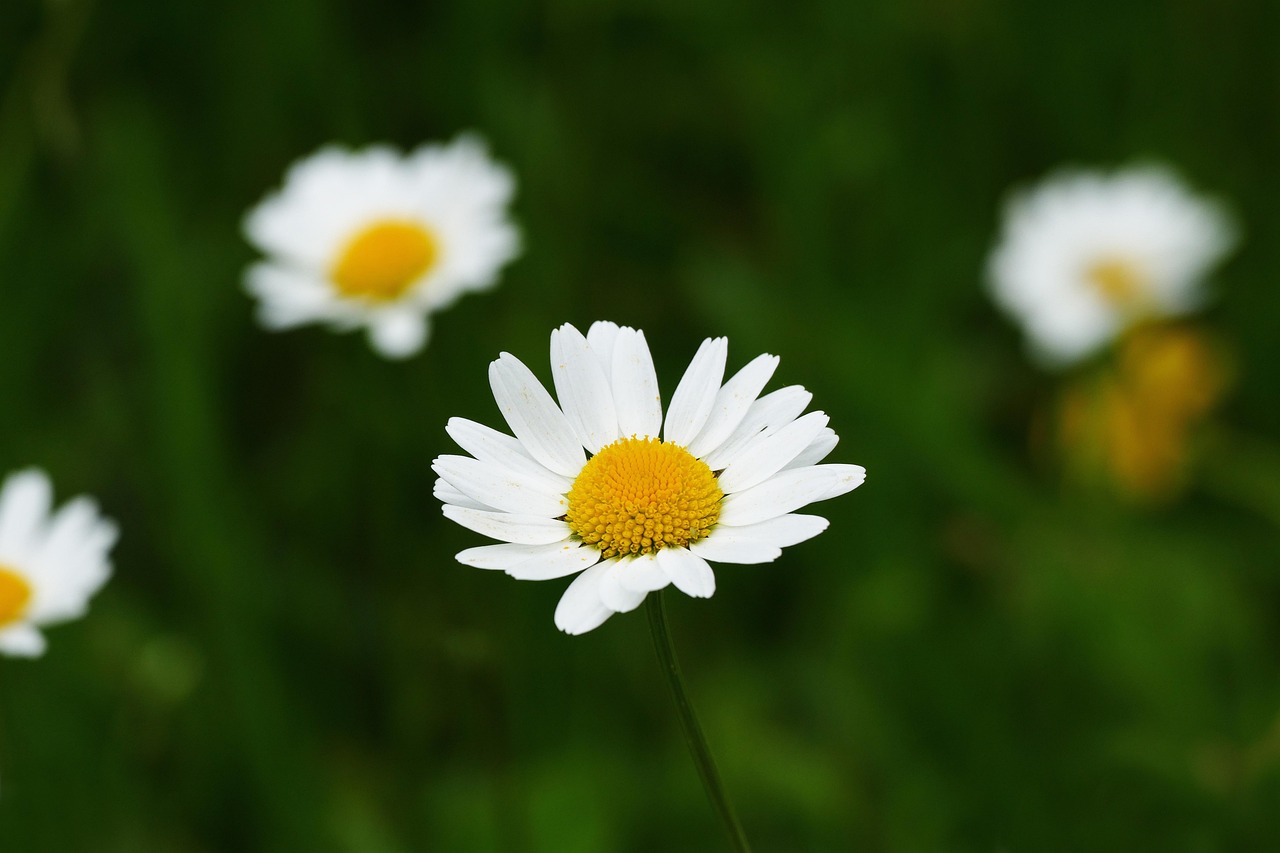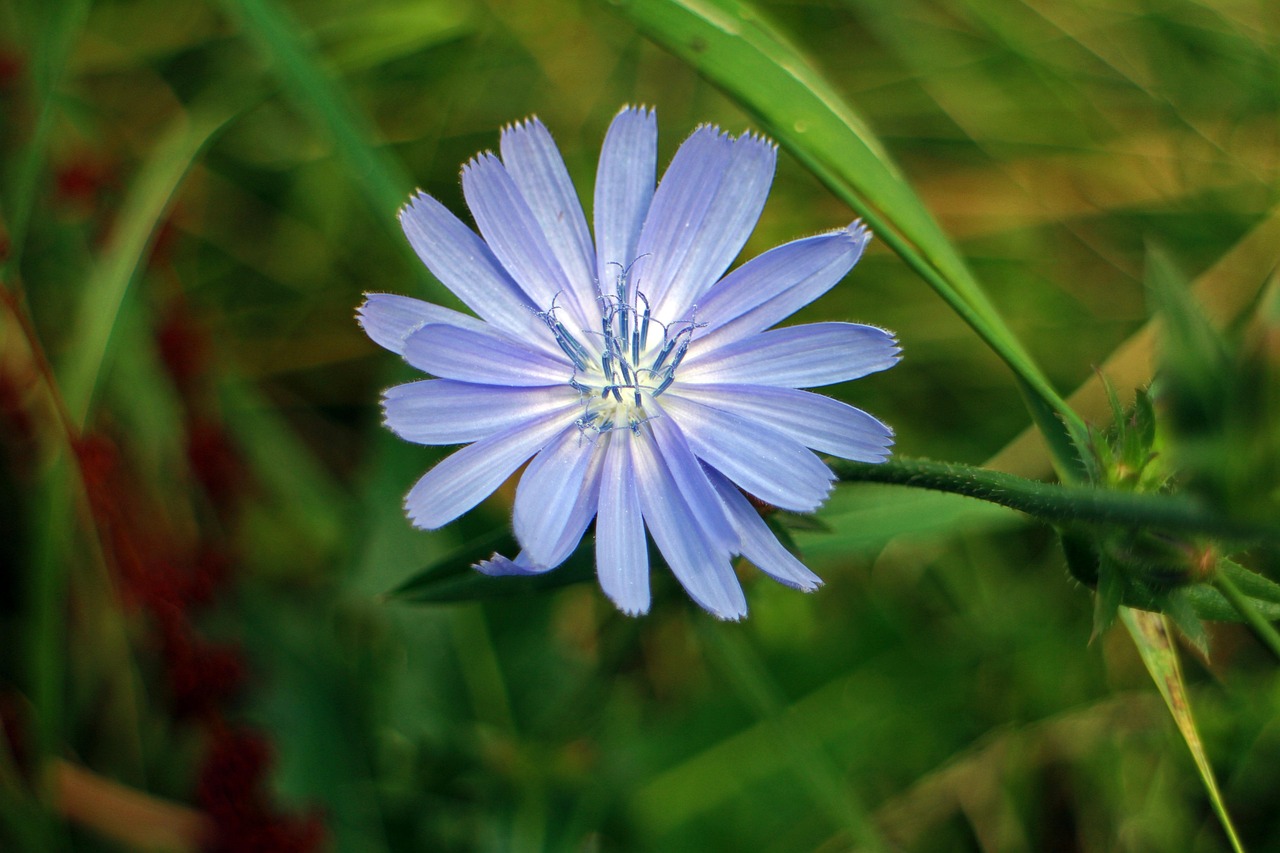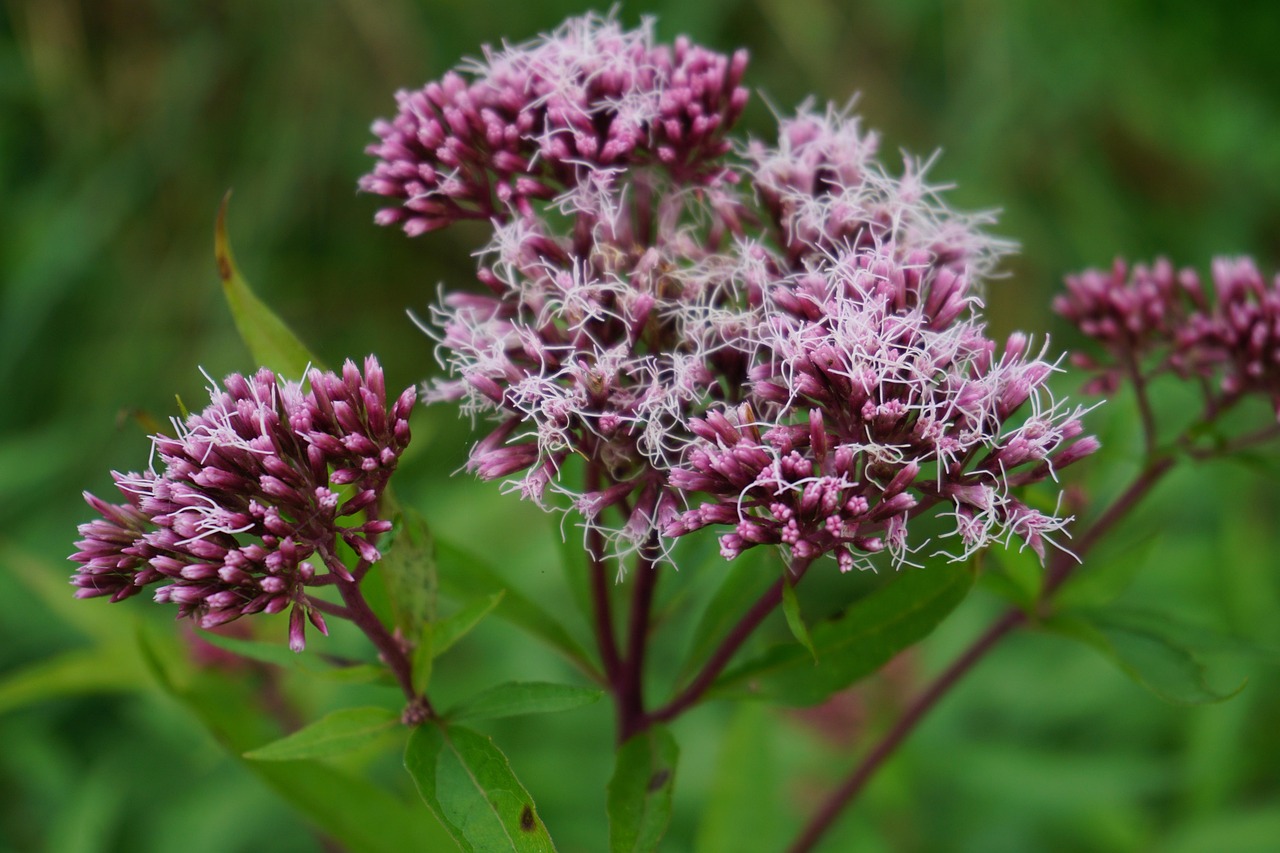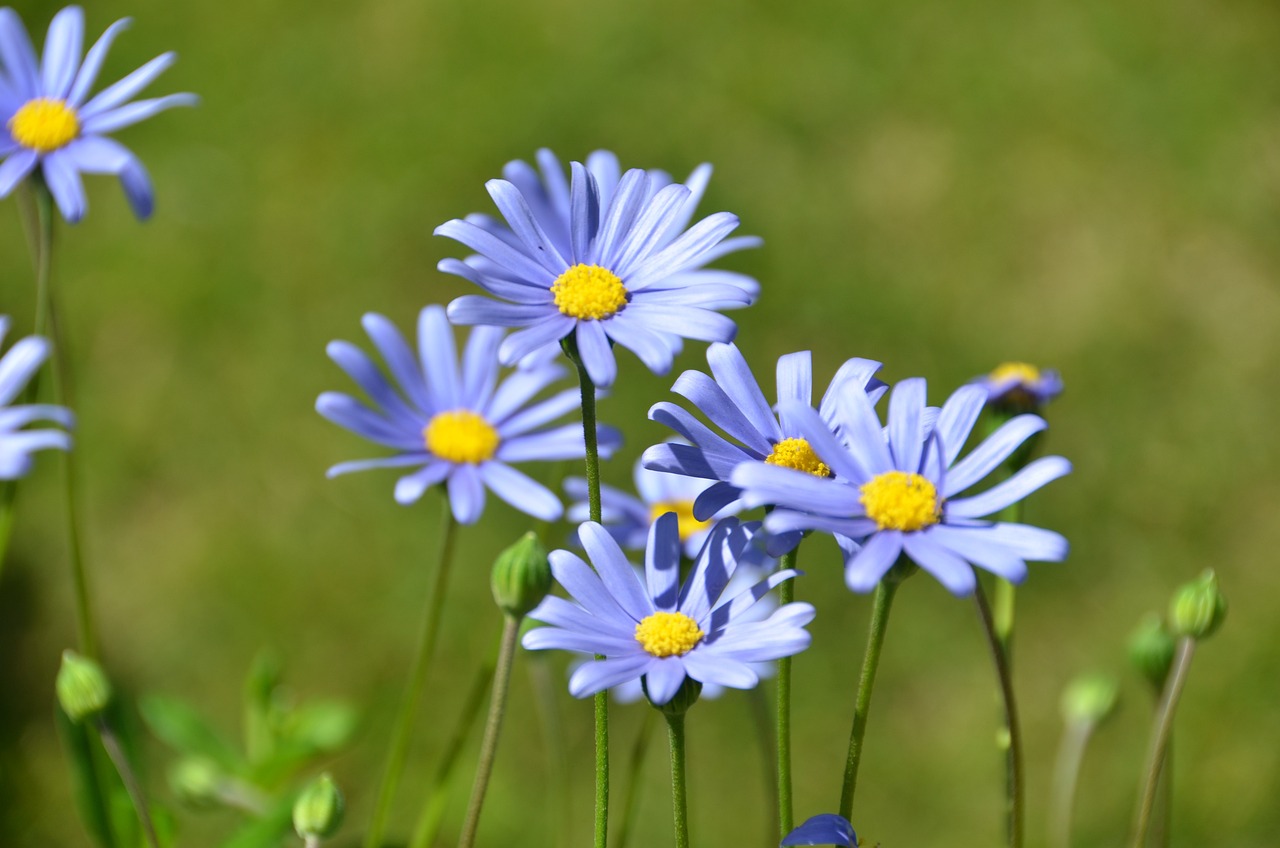Craspedia | The Spherical Sunshine of the Australian Wilderness
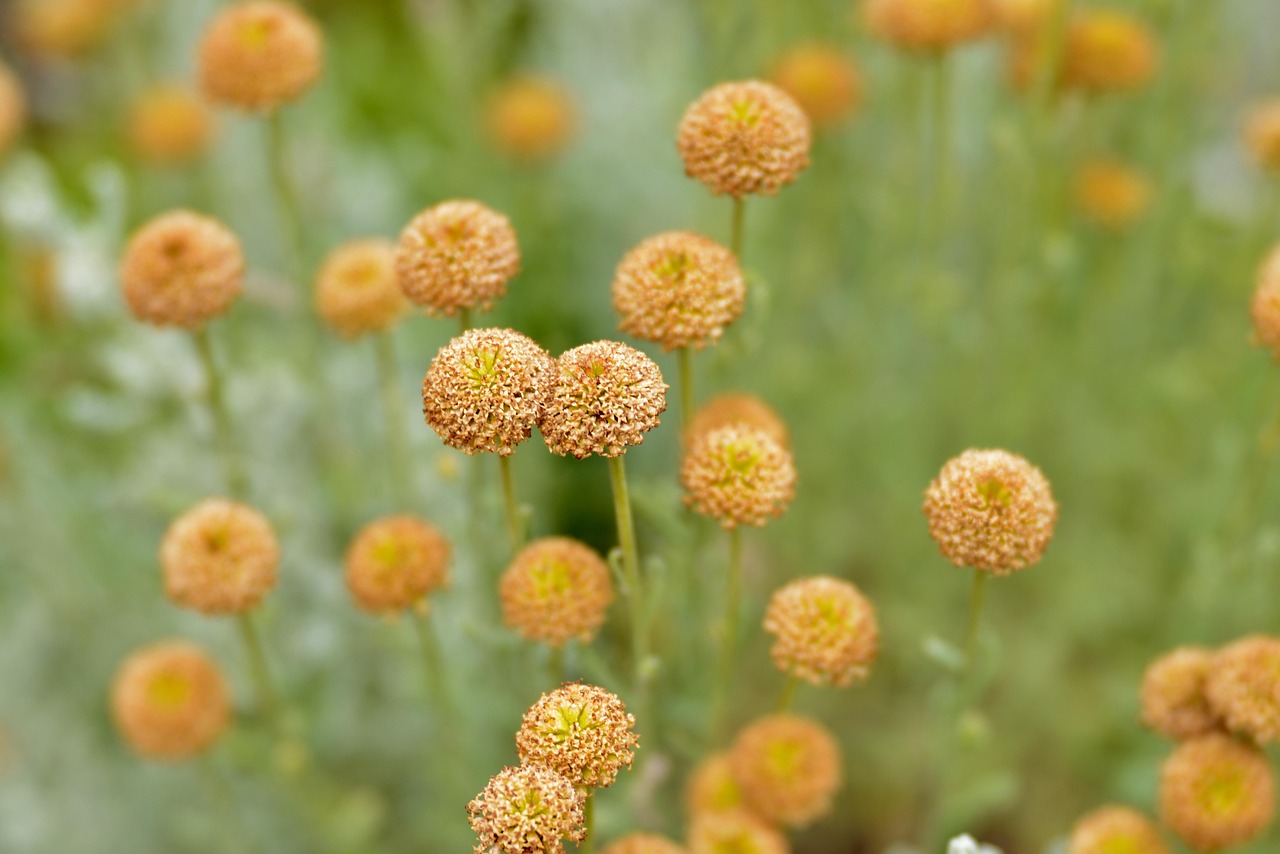
Craspedia is a plant distinguished by its bright yellow spherical flowers. Thanks to its unique shape and long-lasting blooms, it is highly valued both in floral arrangements and as dried flowers.
In this article, I will explain in detail the basic information, cultural and historical background, and cultivation methods of Craspedia.
Basic Information
- Scientific name: Craspedia globosa
- Family: Asteraceae
- Origin: Australia, New Zealand
- Appearance: It produces spherical yellow flowers about 2–3 cm in diameter at the tips of slender stems. The stems grow upright, and the leaves are long, narrow, and gray-green.
- Blooming season: From spring to summer; as cut flowers, they last for a long time.
Cultural Significance Around the World
Craspedia, with its striking form and vivid color, has been considered a symbolic flower in various cultures.
In Australia, its sun-like yellow blossoms symbolize hope and happiness. For this reason, it is often incorporated into wedding bouquets and decorations.
In New Zealand, its long-lasting nature makes it popular as a lucky plant symbolizing “eternal happiness.”
In Europe, Craspedia has long been known as the “Drumstick” flower, admired for its ornamental qualities. Even today, its distinctive shape is frequently used in modern floral designs, adding a sophisticated touch.
In the United States, its durability and easy care have made it widely popular as a dried flower. It is commonly used in decorations for weddings and anniversaries and pairs especially well with natural-style interiors.
Historical Background
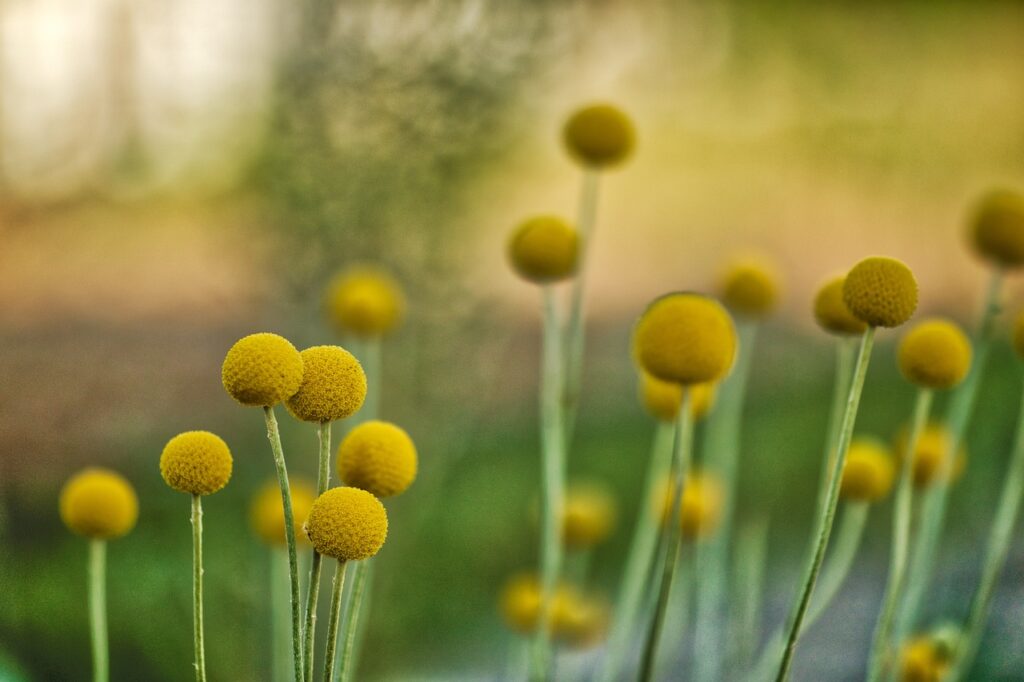
Craspedia has long been known as a wild plant growing in the dry grasslands of Australia and New Zealand.
For the Aboriginal peoples, Craspedia symbolized the sun and prosperity, and it was used as decoration in rituals.
In the late 18th century, European botanists studying Australian flora discovered Craspedia and introduced it as a horticultural plant.
By the 19th century Victorian era, it was cultivated in greenhouses as a rare ornamental flower.
In the 20th century, with the rising demand for floral arrangements, Craspedia spread worldwide and has since been widely used as both cut and dried flowers.
Gardening Advice
Craspedia is hardy, easy to grow, and highly resistant to drought. To enjoy its beautiful blooms, I recommend the following care tips:
Sunlight
Prefers full sun. Outdoors, choose a location with abundant sunlight throughout the day.
Watering
Being drought-tolerant, it only requires watering once the soil is completely dry. Avoid overwatering, as it may cause root rot.
Soil
Needs well-drained soil. Sandy soil or potting soil mixed with perlite is suitable.
Fertilizer
Requires little fertilizer. A slow-release fertilizer once a month during the growing season is sufficient.
Cold resistance
Fairly tolerant of cold, but in frost-prone areas, apply mulch in winter or move potted plants indoors for protection.
Conclusion
Craspedia is a distinctive plant with bright yellow spherical flowers native to Australia and New Zealand.
In its native regions, it has symbolized hope and happiness, while in Europe it has long been cherished as a highly decorative flower.
Introduced to Europe in the late 18th century, it became popular in Victorian greenhouses and later spread worldwide. Today, it remains a favorite as both cut and dried flowers.
Its drought resistance and ease of cultivation make it especially appealing, and with the right conditions—ample sunlight and well-drained soil—it will reward you with beautiful blooms.


